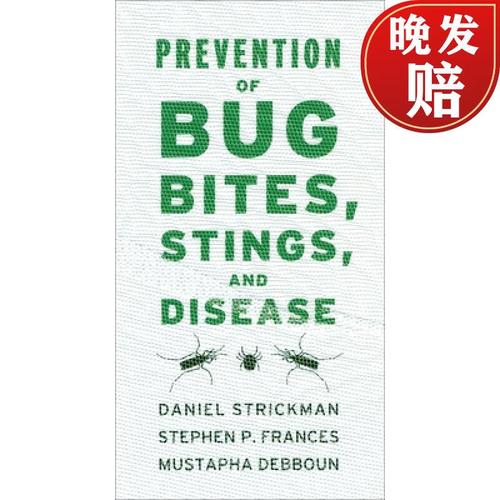
Difference Bug Bites: A Comprehensive Guide
Have you ever wondered what sets apart different bug bites? Whether it’s the itching, the swelling, or the pain, understanding the nuances of various bug bites can be crucial in managing your symptoms and preventing future encounters. In this detailed guide, we’ll delve into the differences between bug bites, helping you identify and respond appropriately to each type.
Identifying Bug Bites
Recognizing the source of a bug bite is the first step in understanding its characteristics. Here’s a quick rundown of some common culprits:

- Mosquitoes: These bites are often found in clusters and can be itchy and red. They can also transmit diseases like West Nile virus and Zika.
- Bed Bugs: Bed bug bites are usually found in a straight line or cluster and can be very itchy. They are often found in beds, furniture, and other places where people sleep.
- Bees and Wasps: Bee and wasp stings are painful and can cause swelling. They can also trigger allergic reactions in some people.
- ticks: Tick bites can be hard to spot at first, but they can transmit diseases like Lyme disease. They often leave a small, red bump that can be mistaken for a mosquito bite.
Understanding the Symptoms
While the symptoms of bug bites can vary, there are some commonalities to look out for:
- Itching: This is the most common symptom of bug bites. It can range from mild to severe, depending on the type of bug and the individual’s sensitivity.
- Redness and Swelling: Bug bites often cause redness and swelling around the bite area. This is the body’s response to the bite and can last for a few days.
- Pain: Some bug bites, like those from bees and wasps, can cause pain and swelling. This is due to the venom injected during the bite.
- Other Symptoms: In some cases, bug bites can cause more serious symptoms, such as fever, headache, and joint pain. These symptoms may indicate a more serious infection or allergic reaction.
Managing Bug Bite Symptoms
While bug bites can be uncomfortable, there are several ways to manage the symptoms:
- Cool Compresses: Applying a cool compress to the bite area can help reduce swelling and itching.
- Antihistamines: Over-the-counter antihistamines can help relieve itching and reduce swelling.
- Topical Creams: Topical creams containing hydrocortisone can help reduce inflammation and itching.
- Oral Pain Relievers: If the bite is painful, over-the-counter pain relievers like ibuprofen or acetaminophen can help.
Preventing Future Bug Bites
Preventing bug bites is always better than dealing with the symptoms afterward. Here are some tips to help you avoid getting bitten:
- Use Insect Repellent: Apply insect repellent containing DEET or picaridin to exposed skin and clothing.
- Wear Long-Sleeved Clothing: When possible, wear long-sleeved shirts and pants to cover your skin.
- Stay in the Center of Trails: When hiking or walking in the woods, stay in the center of the trail to avoid ticks.
- Check for Ticks: After spending time outdoors, check your clothing and skin for ticks.
- Keep Your Home Clean: Regularly vacuum and clean your home to reduce the risk of bed bugs.
When to Seek Medical Attention
In most cases, bug bites are harmless and can be managed at home. However, there are some situations where you should seek medical attention:
- Severe Allergic Reactions: If you experience difficulty breathing, swelling of the throat, or a rapid heart rate after a bug bite, seek immediate medical attention.
- Serious Infections: If the bite area becomes extremely red, swollen, or painful,







